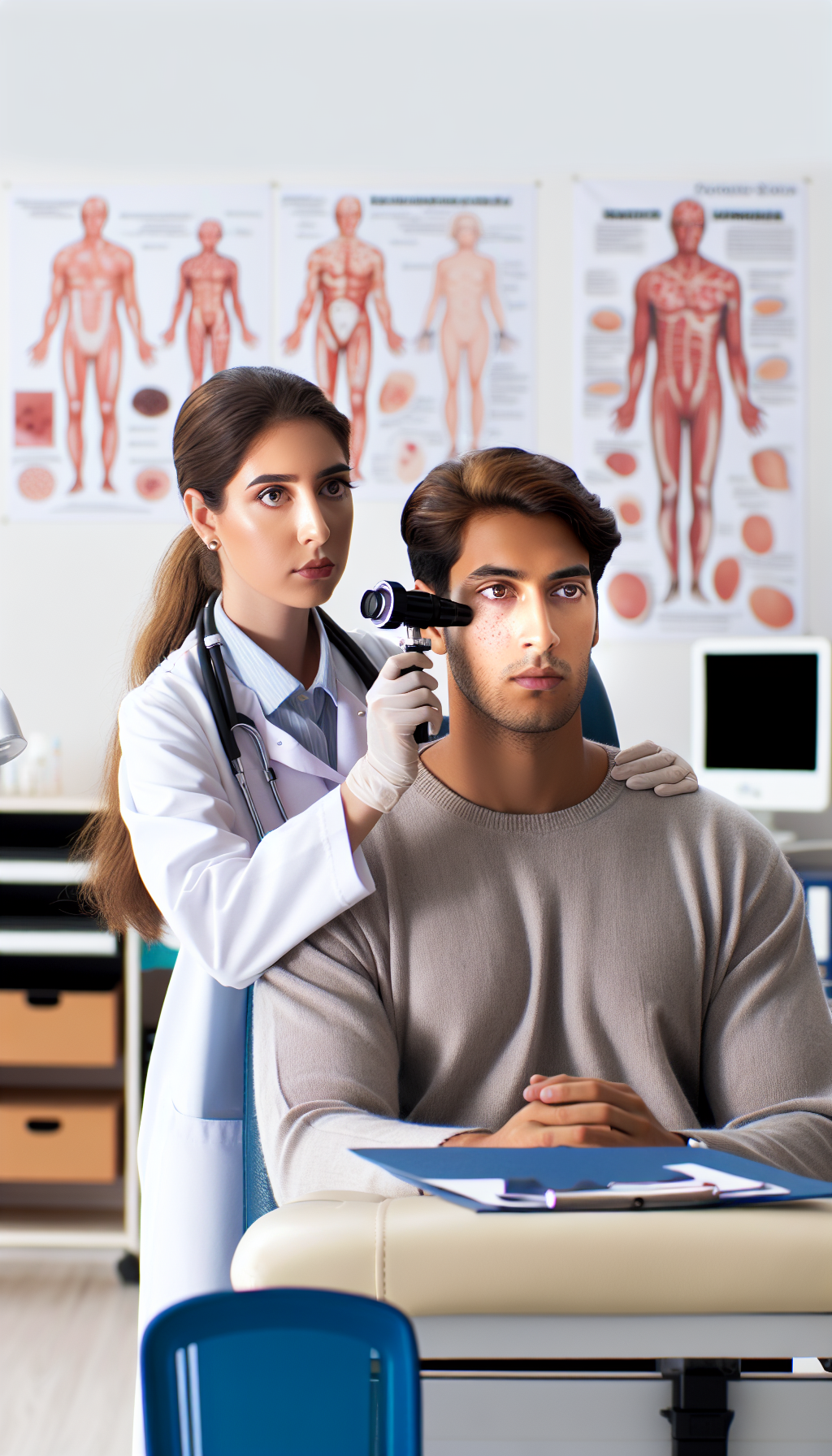Skin cancer is a critical health concern that affects millions of people around the world. It is the most common type of cancer, and its prevalence makes understanding detection and prevention strategies essential for maintaining healthy skin. In this comprehensive guide, we explore the importance of early detection, preventive measures, and the latest advancements in skin cancer treatment.
Understanding Skin Cancer
Skin cancer occurs when mutations develop in skin cells, causing them to grow uncontrollably and form malignant tumors. There are several types of skin cancer, with basal cell carcinoma, squamous cell carcinoma, and melanoma being the most common. Melanoma is particularly dangerous due to its ability to spread quickly to other parts of the body if not detected early.
Early detection is crucial for successful treatment. Regular skin check-ups can reveal the early signs of skin cancer, allowing for timely intervention. To support early detection efforts, Skin Health resources offer valuable information on how to perform self-examinations and recognize warning signs.
Risk Factors and Prevention
Several factors can increase your risk of developing skin cancer, including excessive exposure to ultraviolet (UV) radiation, fair skin, a history of sunburns, and a family history of skin cancer. Protecting your skin from UV radiation is a fundamental step in prevention.
Sun Protection
Sunscreen plays a pivotal role in protecting against UV radiation. Choosing a broad-spectrum sunscreen with an SPF of 30 or higher and applying it generously can significantly reduce your risk. For more on the critical role of sunscreen, consider reading "The Importance of Sunscreen for All Skin Types".
Clothing and Accessories
Wearing protective clothing, such as long-sleeved shirts, pants, and wide-brimmed hats, provides an additional barrier against the sun. Sunglasses with UV protection also help shield your eyes, which are susceptible to UV-related damage.
Seeking Shade
Avoiding the sun during peak hours, typically from 10 a.m. to 4 p.m., when UV radiation is strongest, can further lower your risk. When outdoors, seek shade whenever possible.
Regular Skin Examinations
Performing regular self-examinations and scheduling professional skin check-ups are pivotal for early detection. During self-exams, look for new growths, changes in existing moles, and any skin changes that itch, bleed, or do not heal.
Diagnosis and Treatment
If you notice any unusual changes in your skin, consult a dermatologist immediately. They may perform a biopsy to determine if cancer is present. Treatments for skin cancer include surgical removal, radiation therapy, and topical medications. For those interested in the latest treatment options, the article "Embracing Next-Generation Dermatological Solutions" offers a look into innovative therapies.
Advanced Screening Techniques
Advancements in technology have led to non-invasive skin cancer screening methods that allow for earlier and more accurate detection. Advances in Non-Invasive Skin Cancer Screening details these cutting-edge techniques.
Preventive Medications and Supplements
In some cases, medications and supplements may be recommended to reduce the risk of skin cancer. It’s essential to consult with a healthcare professional before starting any new medication or supplement regimen. For more information, visit Medication & Supplements.
Lifestyle Factors and Skin Cancer Prevention
Aside from direct skin protection measures, lifestyle choices also play a part in reducing skin cancer risk.
Diet and Nutrition
A diet rich in fruits, vegetables, and antioxidants can support skin health and potentially lower cancer risk. Specific nutrients, such as vitamins A, C, and E, have been linked to skin cancer prevention. For deeper insights, explore "Dietary Habits for Enhancing Skin Glow".
Physical Activity
Regular exercise has been associated with a reduced risk of cancer, including skin cancer. Physical activity helps to boost the immune system and maintain a healthy weight, which can be beneficial in cancer prevention.
Avoiding Tanning Beds
Tanning beds emit UV radiation and are strongly linked to an increased risk of skin cancer. Avoiding artificial tanning can significantly reduce this risk.
Support and Resources
Living with or being at risk for skin cancer can be challenging, but there are resources available to provide support. Organizations such as the Skin Cancer Foundation and the American Academy of Dermatology offer educational materials and support networks for those affected by skin cancer.
For specific information on the psychological impact of coping with skin diseases and finding support, the article "Coping with Skin Diseases: Psychological Aspects and Support" may be helpful.
External Resources
To supplement your knowledge on skin cancer detection and prevention, consider exploring these niche and specific resources:
- The Skin Cancer Foundation provides comprehensive guidelines for sun protection and skin cancer prevention.
- The American Academy of Dermatology offers a detailed overview of melanoma, including images and warning signs.
- The National Cancer Institute’s page on skin cancer includes statistics, research, and treatment options.
Conclusion
Skin cancer poses a significant threat to health, but with the right knowledge and preventative measures, it is often preventable and treatable. By understanding risk factors, embracing protective strategies, and conducting regular skin examinations, you can take charge of your skin health. Stay informed, stay protected, and make skin cancer prevention a priority.



